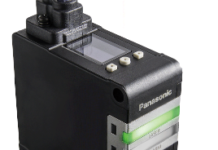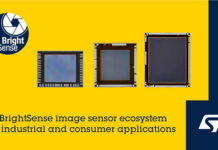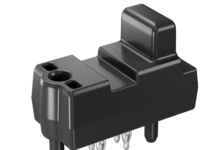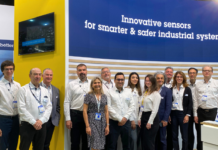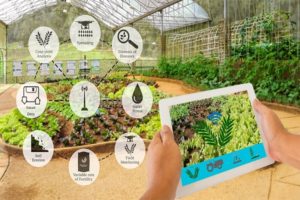
The United Nations’ food and Agriculture Organization (FAO) is an international entity with three key goals involving the complete eradication of hunger and malnutrition, the elimination of poverty, as well as developing a sustainable management and utilization plan in how to preserve the world’s natural resources.
As a result of a combination of effects including soil degradation, climate change and the rapidly rising worldwide population, agricultural land use is nearly at capacity1. In fact, the FAO predicts that one in nine people around the world lack adequate food needed to maintain a healthy and active lifestyle, and this number is only expected to increase as the population continues to rise.
Along with the problems associated with agricultural land use is the lack of water, as agriculture processes currently require approximately 87% of the renewable fresh water supply in order to maintain their crop growth. Research professionals predict that by the year 2040, there will be more people living on Earth than there will be food available to feed them1.
The problem of this depletion in agricultural land is untenable, and its devastating effects to human population should be of a top priority to researchers and government officials worldwide. Several researchers at the world-renowned computer science school in Pittsburgh, Pennsylvania, Carnegie Mellon (CM) University, have looked at developing technological processes that combine the advancing field of artificial intelligence with enhancing the way in which agricultural processes are performed to ensure peak production2.
CM Senior Systems Scientist George Kantor is part of the multidisciplinary research endeavor FarmView, whose primary goal is the sustained improvement of the management of crop breeding practices through the utilization of robotic and sensing technologies.
With a specific interest in the coarse dry grass grain sorghum, Kantor and his team have found that this plant is capable of being genetically exploited in order to achieve an impressive yield while maintaining a high protein variety that can survive in a variety of famine-prone conditions1.
Sorghum’s origination can be dated back to ancient Egyptian uses over 4,000 years ago, however today, the massive genetic potential of this plant requires minimal care, which could be extremely beneficial for poverty stricken areas of the world where famine remains a prevalent concern. Kantor’s research has focused on the development of a four-wheeled robot that travels between rows of sorghum.
Equipped with a laser scanner and a multispectral camera, this robot slowly moves through the crop lines, data is collected regarding the breeding and yield potential of the plant. The multispectral camera present in the robot collects data by analyzing non-visible radiation bands, which reflect the total plant function in real-time1.
The concept of employing a mobile field robot, similar to that which is being studied by Kantor at FarmView, has the potential to allow agricultural growers to better their management decisions in order to allow for a greater growth and quality of food to be achieved, while also limiting the land and water resources required for such results1. CMU researchers with a special interest in field plants have found success in utilizing drone technology and stationary sensor networks in order to measure plant growth on a much larger scale as compared to the laboratory work performed on sorghum.
Advances in sensor technology have also proven beneficial to the agricultural industry through its application for in-field soil analysis. While some of the traditional sensing methodologies including optical, radiometrical, electrochemical and mechanic methods are useful within the laboratory setting, only a few of these methods have been adapted for in-field proximal soil sensing (PSS) 3.
PSS has been defined as the application of sensors that are specifically characterized for in-field use to obtain signals from the soil following the direct contact of the sensor with the soil. While PSS devices can be stationary or mobile during their process of analysis, both options have their own unique advantages.
Mobile soil analysis sensors exhibit the greatest specificity when employed in spatially dense soil, which allows for important information regarding fertilizer and pesticide use to be generated. Stationary sensors, on the other hand, often consist of multiple different types of sensors that can be arranged vertically within soil in order to provide information on the varying depths of the soil3.
Applications of stationary sensor devices include monitoring any changes in the temperature of the water and ecological composition within soil.
While the current sensor technology available for applications within the agricultural field are impressive and growing, continuous work in this area is needed to accommodate the problems associated with land depletion and rapid population growth.
The research being performed by various scientists at Carnegie Mellon University, as well as several other universities around the world, offer a promising future in tackling the various obstacles associated with this worldwide dilemma.
Controlled environmental agricultural systems, such as those employed in hydroponics, greenhouses, and vertical farms, are current methods that have found success in reducing the amount of water required for agricultural processes, and perhaps, when combined with the advancing sensor devices, this work can move even closer towards the eradication of hunger.
By: Benedette Cuffari
Source: http://www.azosensors.com



